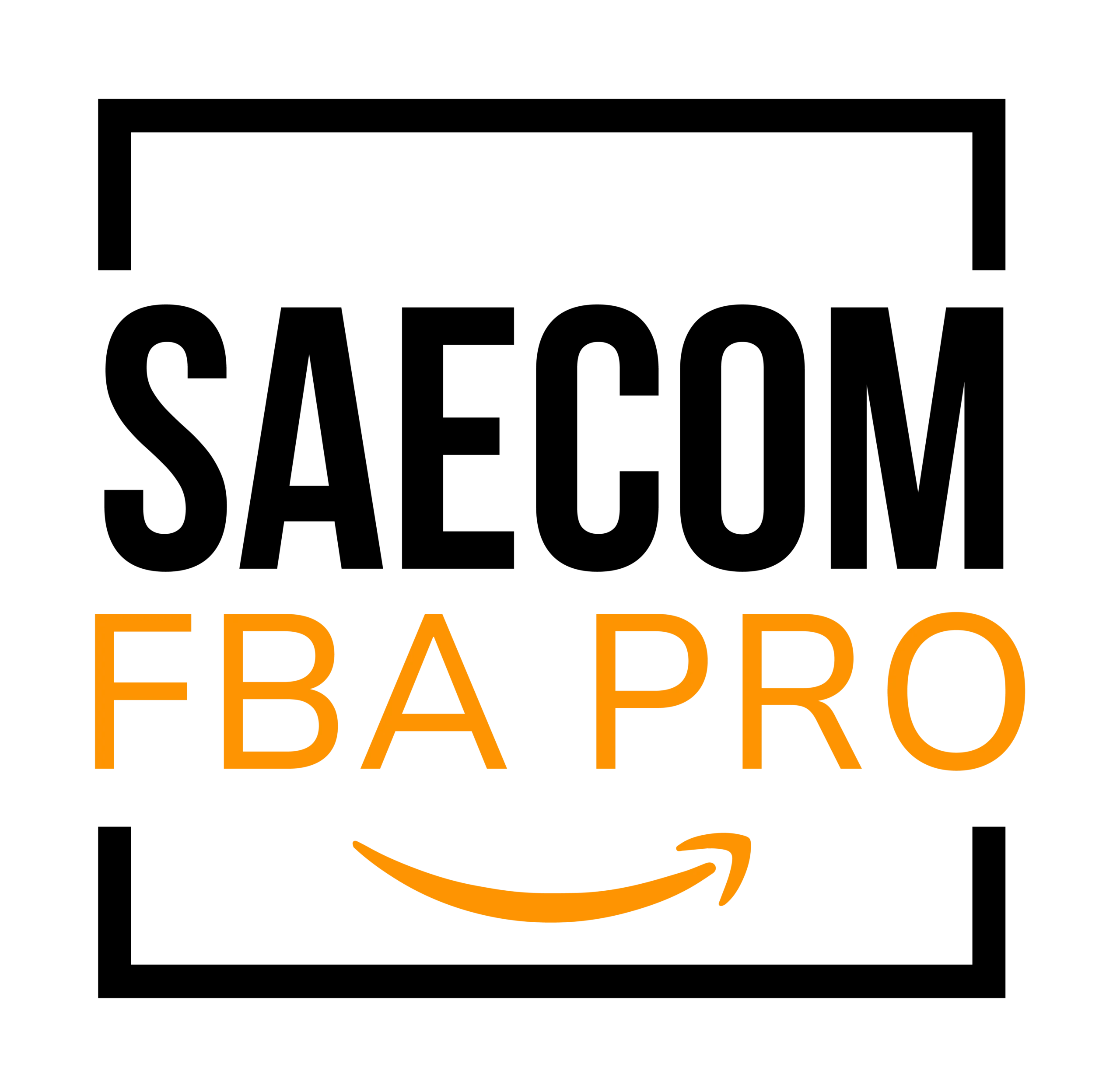Amazon Brand Gating: A Seller’s Best Defense
Your brand is much more than a name or logo — it’s the identity of your business.
It reflects the quality of your products, your values, and the trust you’ve built with customers. But this hard-earned reputation can be at risk if counterfeiters and unauthorized resellers infiltrate the market.
These unauthorized activities can lead to lost revenue, poor customer experiences, and lasting damage to your brand image.
That’s where Amazon Brand Gating steps in. By setting strict rules for who can sell your products, brand gating acts as a shield, protecting your brand from hijackers and counterfeiters.
Through this system, third-party resellers must meet specific criteria before they can list your products, giving you more control over your brand on Amazon.

What Is Amazon Brand Gating?
Amazon Brand Gating is a program designed to help brands keep counterfeiters and unauthorized sellers at bay.
When a product is “gated,” only sellers with official approval can list it on Amazon. This measure significantly reduces the chances of fake or low-quality duplicates entering the market.
Counterfeiting has been a challenge for years. Despite Amazon’s proactive measures, millions of fake listings still emerge. Many top brands have even left Amazon’s marketplace because of counterfeit issues.
According to Amazon’s Brand Protection Report in 2021, the platform blocked more than 2.5 million counterfeit listings. However, some still slip through — causing confusion and harm to consumers and brands alike.
When buyers unknowingly purchase counterfeit products, they may associate that negative experience with your brand, damaging your reputation in the long run.
Brand Gating ensures that only verified, authorized sellers are allowed to list your products, protecting your pricing structure and ensuring product authenticity.
How Amazon Brand Gating Works
When a product is gated, third-party sellers must provide proof that they are authorized to sell it. This typically includes:
- Written authorization from the brand
- Three recent purchase invoices from official manufacturers or distributors
- A non-refundable $1,500 fee to discourage unauthorized sellers
These requirements make it much harder for counterfeiters to profit from your brand name, giving legitimate sellers more security.
Steps to Set Up Amazon Brand Gating
1. Enroll in Amazon Brand Registry
To qualify for brand gating, your brand must be enrolled in the Amazon Brand Registry. To do this, you need:
- A registered trademark in the USPTO (text or image-based)
- Proof of ownership of the trademark
- Product images showing your brand name or logo
- A list of categories where your brand sells products
- Details about the countries where your products are manufactured and distributed
- An Amazon Professional Seller account
Once these details are submitted and verified, Amazon will approve your Brand Registry within 1–2 weeks.
2. Compile Your Product ASINs
Next, prepare a list of ASINs (Amazon Standard Identification Numbers) that you want to protect. If you have a large catalog, start with your best-selling items.
Keep in mind that some categories are restricted and cannot be gated — including firearms, tobacco, alcohol, jewelry, electronics, medical devices, and others.
3. Show Proof of Anti-Counterfeit Efforts
Amazon prioritizes brands that actively protect themselves from counterfeiters. You may need to provide:
- Evidence of using brand logos on products and packaging
- Product bundles or Amazon Transparency enrollment
- Records of reporting infringement
- Cease-and-desist letters to counterfeiters
This information proves that your brand is serious about maintaining product integrity.
How to Verify If an ASIN Is Gated

Once brand gating is active, you can easily check if your ASIN is gated by logging into a different seller account:
- Go to “Catalog” in Seller Central.
- Click “Add a Product.”
- Search for your ASIN and click “Sell on Amazon.”
- If the product is gated, a message will appear: “You need the approval to list in this brand.”
Requirements for Third-Party Sellers to Sell Gated Products
If a third-party seller wants to sell your gated products, they must:
- Be a professional seller
- Pass Amazon’s performance checks
- Submit three purchase invoices from the last 90 days
- Pay the $1,500 non-refundable fee
- Provide proof of authorization
Failure to meet any of these requirements will prevent them from listing your products.
Additional Tools to Strengthen Brand Protection
Amazon offers extra tools to work alongside Brand Gating:
1. Counterfeit Crimes Unit
Launched in 2020, this team identifies and helps prosecute counterfeit sellers globally, protecting both brands and customers.
2. Amazon Transparency Program
Sellers can use unique barcodes to verify each product’s authenticity before it reaches the customer.
3. Project Zero
Project Zero combines automated counterfeit detection, self-service counterfeit removal, and product serialization to keep marketplaces safer.
Final Thoughts
Protecting your brand from counterfeiters isn’t optional — it’s essential for your long-term success.
Amazon Brand Gating gives you the control to regulate who sells your products, safeguard your pricing, and protect your brand’s reputation.
When combined with tools like the Counterfeit Crimes Unit, Transparency, and Project Zero, it forms a strong defense against counterfeiters and unauthorized sellers.
Taking these steps now can help secure your business and give your customers the confidence that they’re purchasing authentic products from a trusted source.


